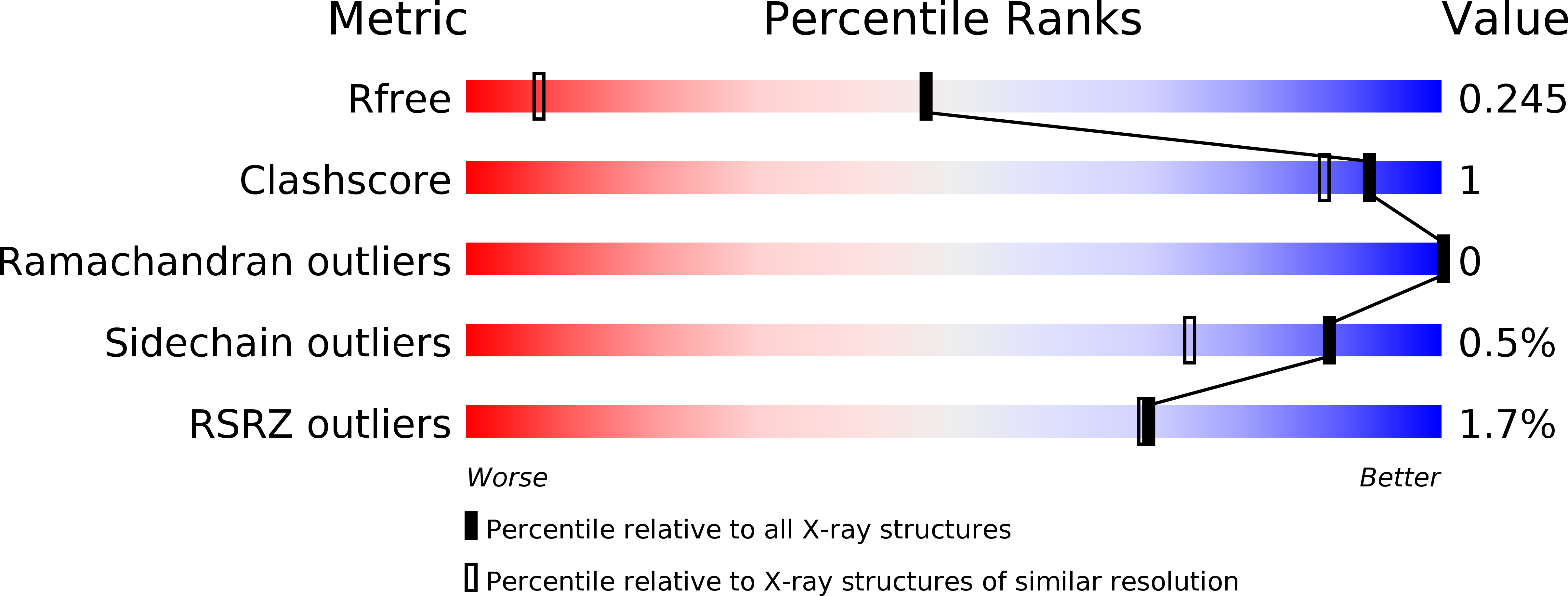
Deposition Date
2020-02-25
Release Date
2020-07-01
Last Version Date
2024-10-23
Entry Detail
PDB ID:
6VXY
Keywords:
Title:
Triazole bridged SFTI1 inhibitor in complex with beta-trypsin
Biological Source:
Source Organism:
Helianthus annuus (Taxon ID: 4232)
Bos taurus (Taxon ID: 9913)
Bos taurus (Taxon ID: 9913)
Method Details:
Experimental Method:
Resolution:
1.40 Å
R-Value Free:
0.24
R-Value Work:
0.21
R-Value Observed:
0.21
Space Group:
P 21 21 21


